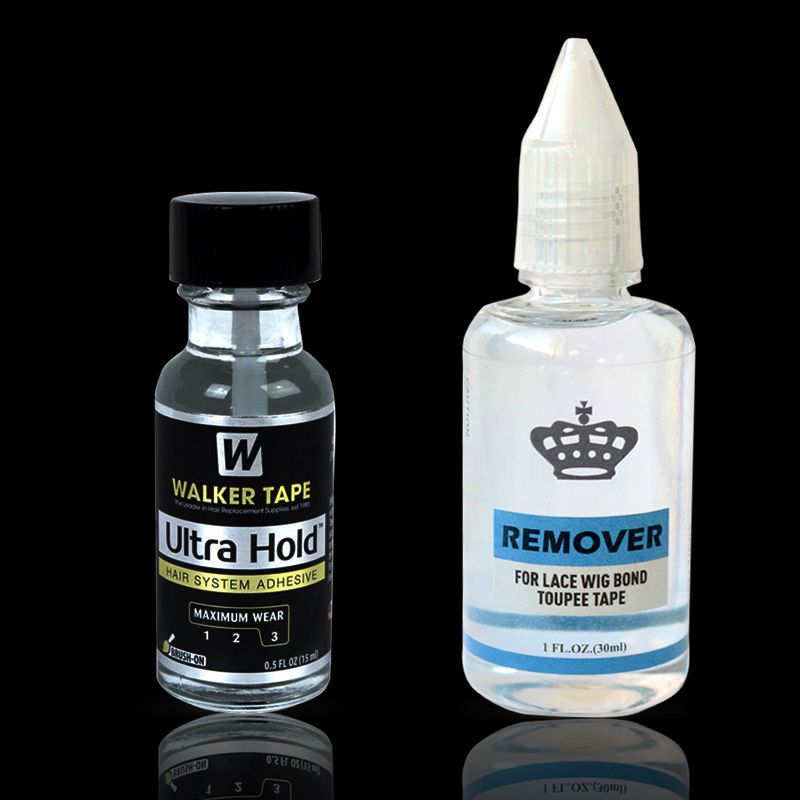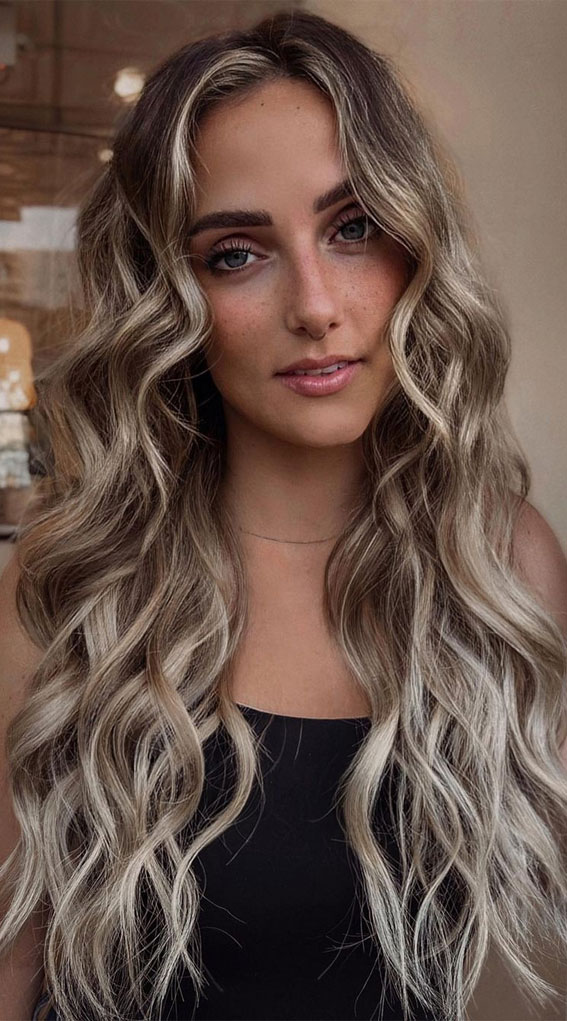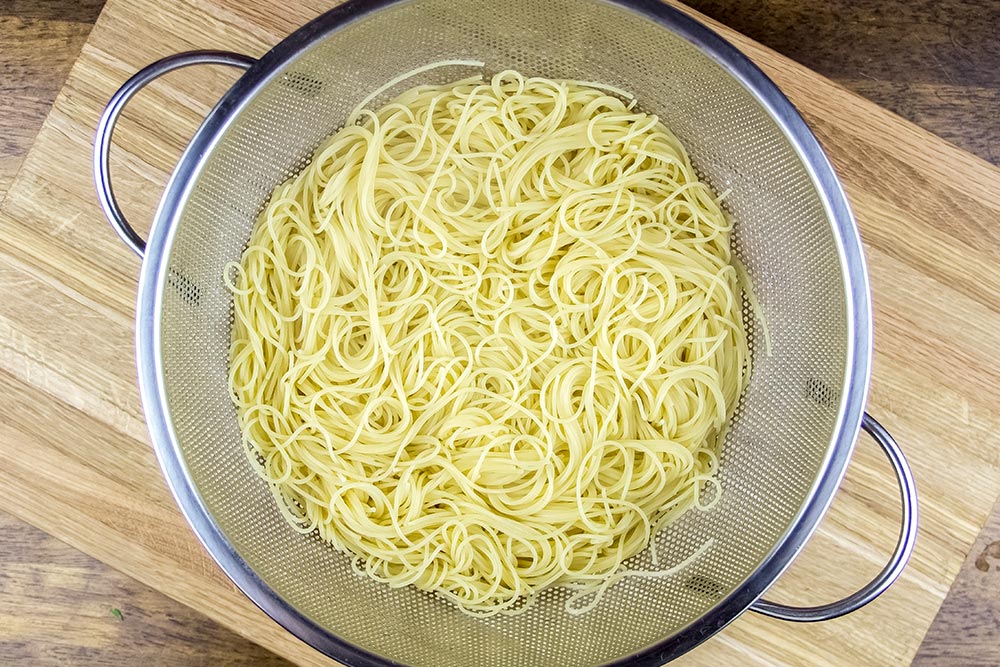Table Of Content

This is a last resort, as it can be difficult to avoid damaging your hair. If you decide to go this route, be sure to use sharp, sterile scissors. While it’s not as gentle as some of the other methods on our list, using acetone or alcohol is an effective way to remove glue from hair. Acetone is one of the only ways to remove acrylic hair extension adhesive. This bonding glue is exceptionally effective at blending the extensions in with your hair for a natural and seam-free look.
How to Remove Hair Glue from Natural Hair
Use a generous amount of dish soap and massage it into the sections that have glue. Make sure the hair is well-saturated with the soap, cover your head with a plastic bag or some clear wrap, and leave it in for one hour. Another simple glue removal technique that doesn’t require any special ingredients is the use of ice. Ice hardens glue, making it easier to snap off your hair with your fingers and remove it with a comb.
Step 2 – Gently comb through hair
Vinegar is a natural acid, and it can help to break down the bond of the hair glue. To use this method, mix equal parts vinegar and water, and then pour it over your hair. If those methods don’t work, you can also try using an oil to remove the hair glue. Any type of oil will do, but olive oil or coconut oil are both good options.
How do you remove hair glue without alcohol?
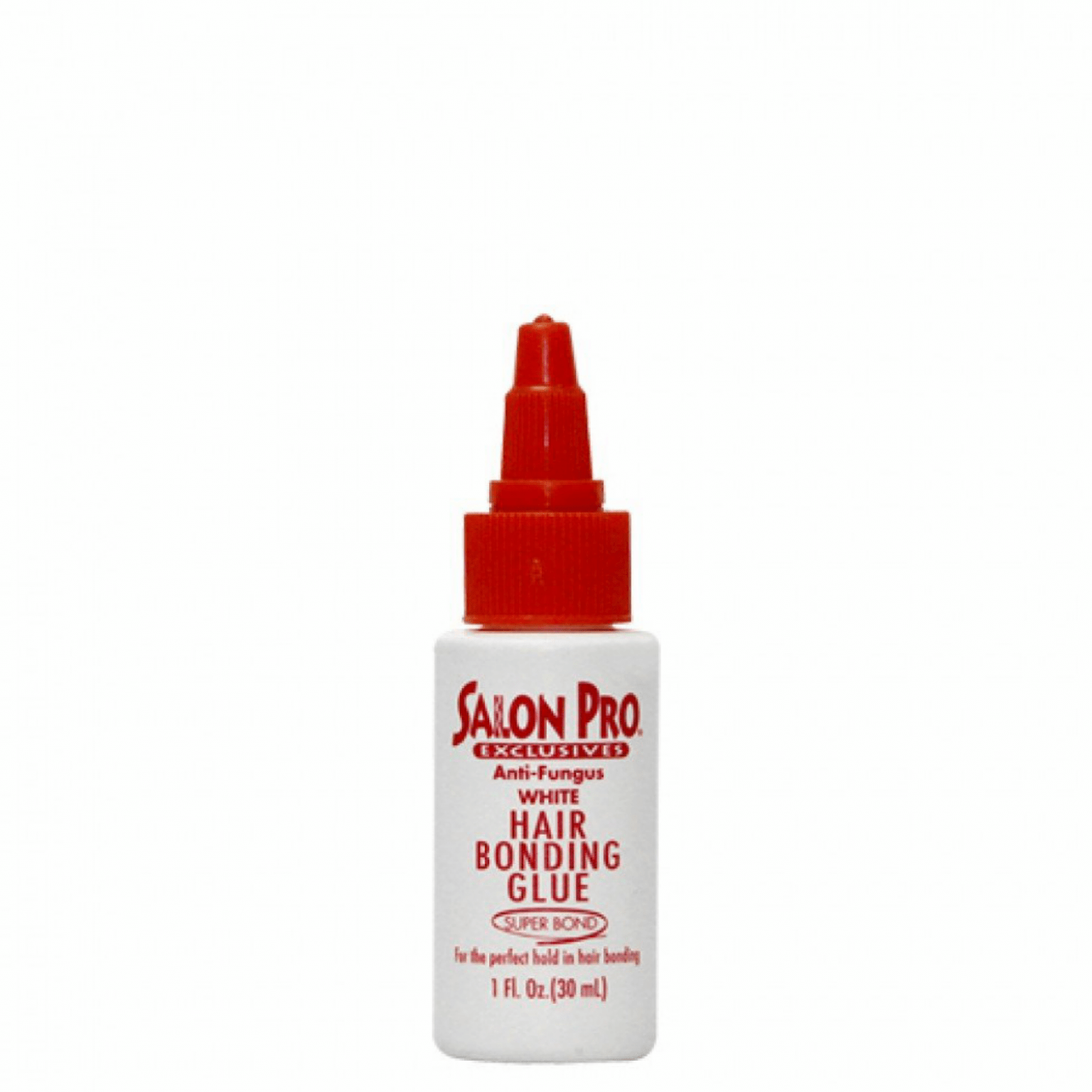
To remove bonding glue from hair, apply oil, peanut butter, or apple cider vinegar. Gently massage the substance onto the glue spot, then use a wide-toothed comb to remove the glue pieces gently. Finish by washing your hair with a generous amount of shampoo and deep conditioner to replenish moisture.
These products can be purchased at most drug stores, salons, or beauty supply stores. Successful hair glue removal hinges on using the right techniques and products for your hair type. Whether you choose a commercial product, a gentle home remedy, or seek professional aid, prioritizing hair health will lead to the best outcomes. Patience and the correct approach will restore your hair to its natural state without damage.
Certain brands of dish soap, like Dawn Ultra Dishwashing Liquid Dish Soap are known for their powerful grease-cutting formulations. To make the most of those properties, lightly moisten the affected areas of your hair with a little warm water. Saturate a few cotton balls with alcohol and place them in the areas of your hair where there is glue.
When it feels like the glue is loosening up, use a wide-toothed comb to gently lift the loosened glue out of your hair. You can always repeat this method if you find there are some stubbornly-stuck spots. Once 10 minutes has passed, use a wide-toothed comb to gently detangle and lift out the loosened glue. If you’re having success with this method, comb as much glue out as you can with the wide-toothed comb, then switch over to a comb with more narrow teeth.
She writes the newsletter BEAUTY IRL, which is an extension of her work across various publications. Darian grew up in Buffalo, New York, and lives in Los Angeles. Brown answered this question from an Instagram follower and explained that she couldn't get close enough to her scalp. If you've been on the internet in the last week, you probably came across the story of Tessica Brown, a 40-year-old woman from Louisiana.
Does at-home laser hair removal work? Yes, but not as well as you might think.
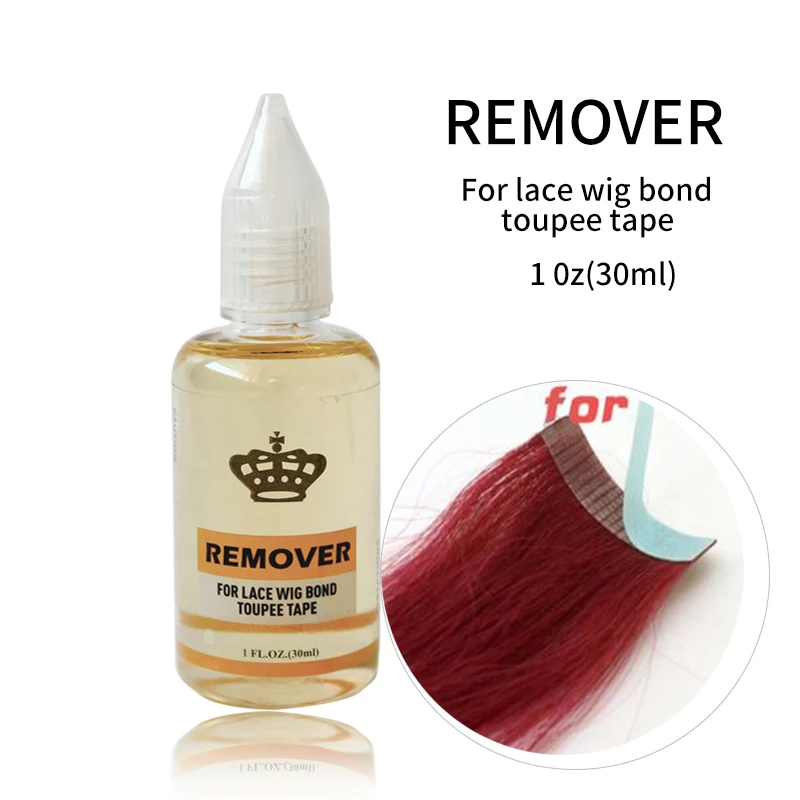
Just massage the oil into your hair, let it sit for a few minutes, and then wash it out. No matter which method you try, be sure to shampoo your hair afterwards to remove any residue. And if all else fails, you can always visit a professional stylist to get the hair glue removed. Dishwashing soap is a particularly helpful option for hair glue removal if you are having trouble with bonding glue from a mishap with hair extensions. If bonding remover products and simple shampoo have already failed you, a thorough soaking with dishwashing soap may finally begin to loosen the hardened glue.
If the affected area is in a place you can immerse in water, such as your hands, soaking in warm, soapy water may do the trick. Brown says she tried using coconut oil, tea tree oil and several other tactics to get rid of the glue, but none of them worked. She also got checked out by a local doctor who apparently could not help her. A second video shows Brown lathering up a handful of shampoo and rubbing it on her head, then wiping it off after it has no effect on her laminated scalp. “Bad, bad, bad idea,” she says in the video, while showing off the matted-down, helmet-firm hair on top of her head. Jasmine Gomez is the Commerce Editor at Women’s Health, where she cover the best product recommendations across beauty, health, lifestyle, fitness, and more.
Gently massage the solvent into the hair, focusing on the bonded area. Allow the solvent to penetrate for a few minutes, giving it time to work its magic. Apply a generous amount of olive or coconut oil to the affected area. Massage the oil into the glue, allowing it to penetrate and loosen the adhesive. Repeat these steps as necessary until all of the glue is gone. Remember to be patient and gentle with your hair to minimize any damage.
Let the alcohol sit on your hair for about five minutes before combing through it with a fine-toothed comb. You can easily remove dried glue on your hair by applying a small amount of conditioner on the area that contains the glue and combing it down with a narrow-toothed comb. After combing through the hair, use a clean cloth or paper towel to remove any excess glue. You may need to repeat this step a few times to thoroughly remove all traces of the keratin polymer-based glue. The constant pressure from the extra weight on your scalp can cause some people to have headaches.
Gorilla Glue Hair GoFundMe Page: Details on Tessica Brown's Plight - Distractify
Gorilla Glue Hair GoFundMe Page: Details on Tessica Brown's Plight.
Posted: Thu, 11 Feb 2021 08:00:00 GMT [source]
These removers often contain natural ingredients like citrus oils or hydrolyzed wheat protein, which help to gently dissolve the glue while conditioning the hair. Hair adhesives, commonly known as hair glue, are used extensively for securing wigs, hair extensions, and various hairpieces. This adhesive comes in multiple forms — liquid, tape, and bonding agents — each with unique properties tailored for different hair needs. The ingredients typically include polymers that provide strength and durability, ensuring that the extensions stay in place.
Peanut butter is an extremely thick substance that contains large amounts of oil. This oil helps to break down the substances in the glue and allows it to be washed out more easily. But with the above remedies, you’ve got a good chance of getting rid of that super glue in minutes.
So it makes perfect sense that doing an oil or lubricant soak can help you get glue out of your hair. So you have to strike a careful balance, using products that can lift and dissolve glue without damaging your fragile strands. It depends on the person, but people generally see results within 6-10 treatments. It's best to have artificial nails applied by a trained and qualified nail technician who knows proper technique, details about the products, and what precautions to take.
